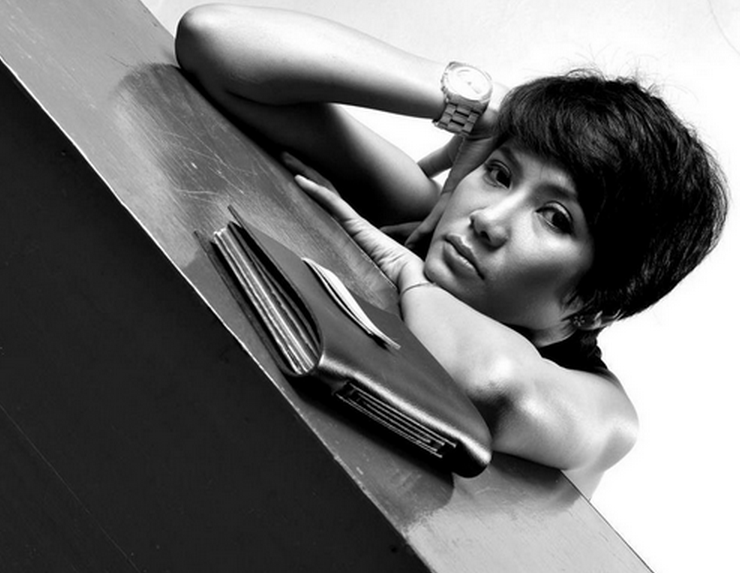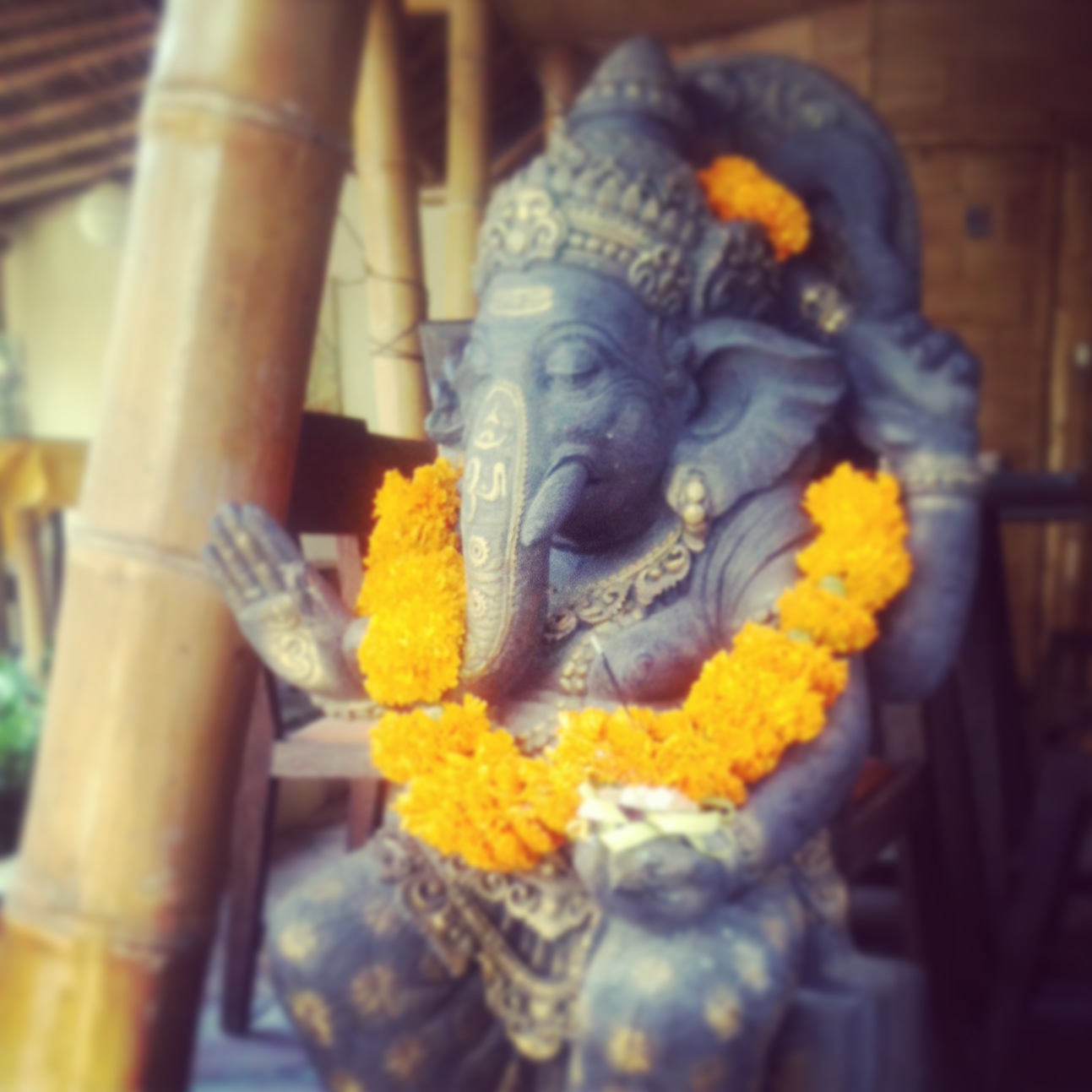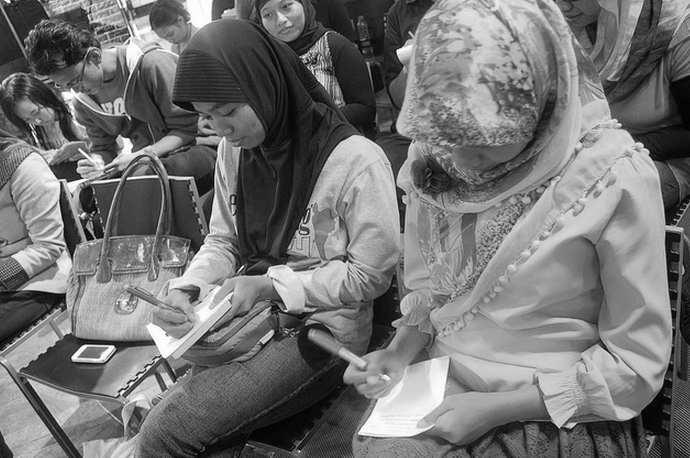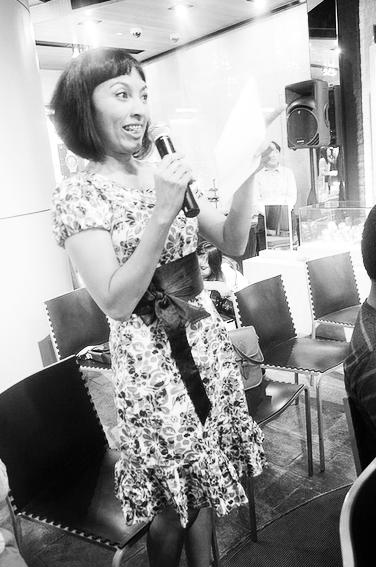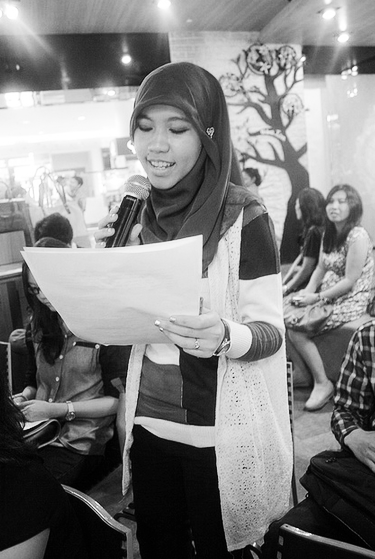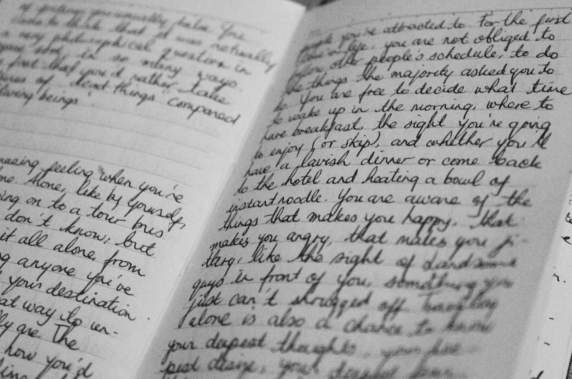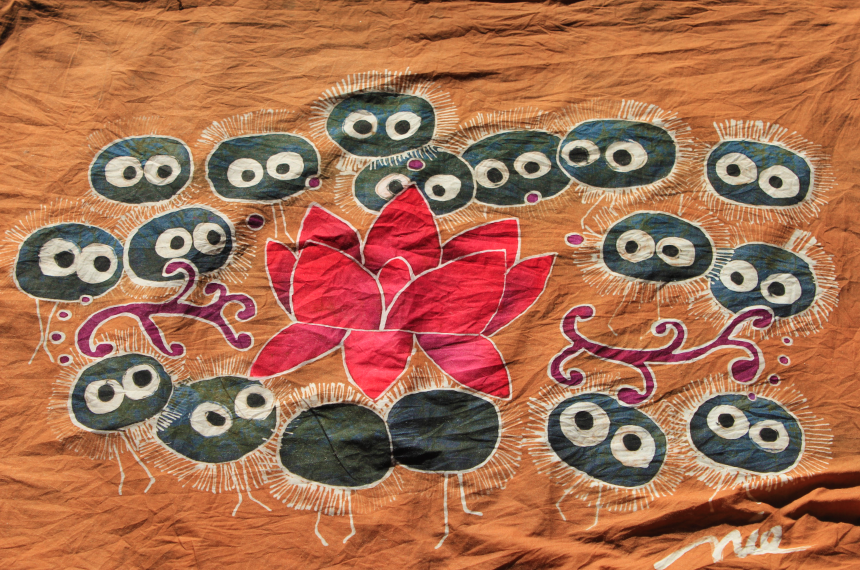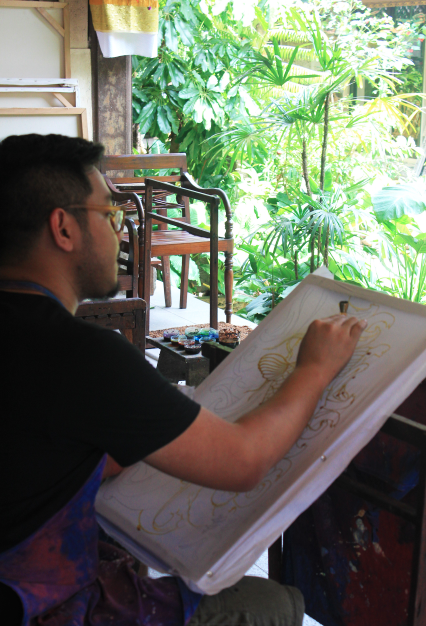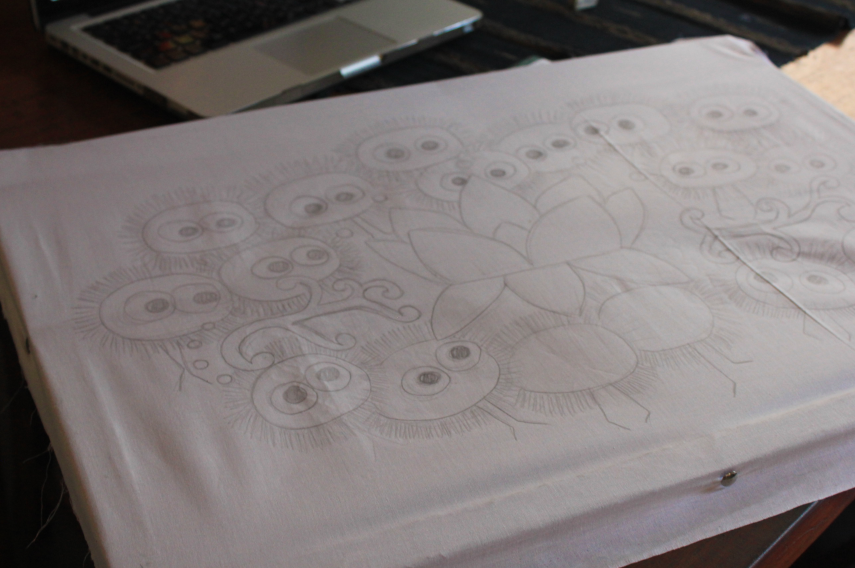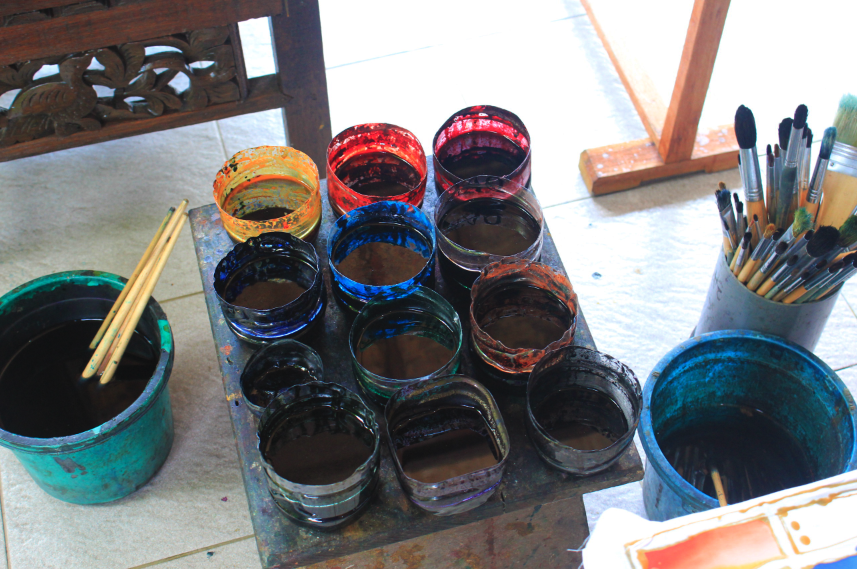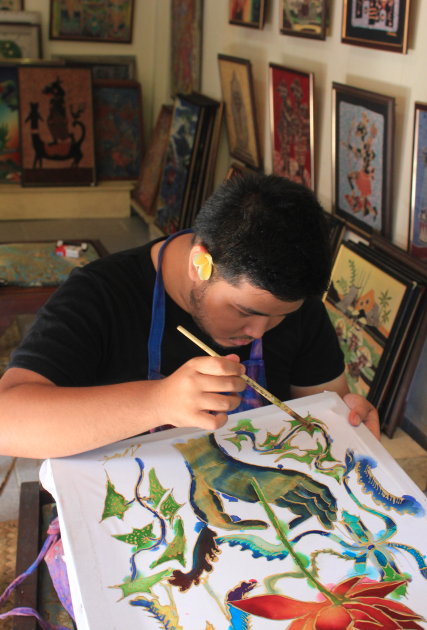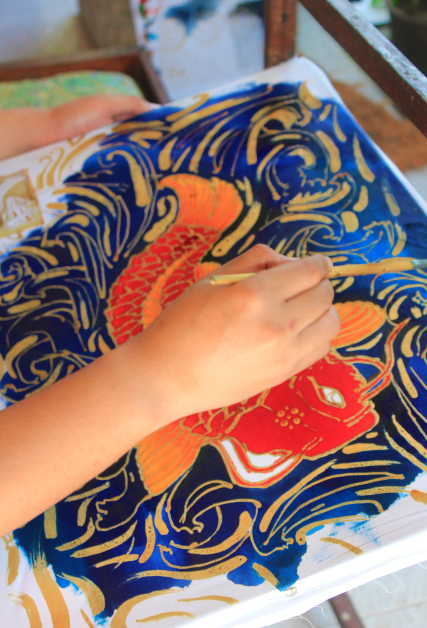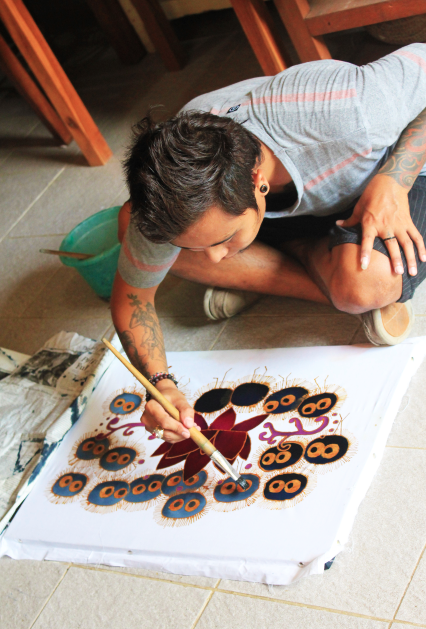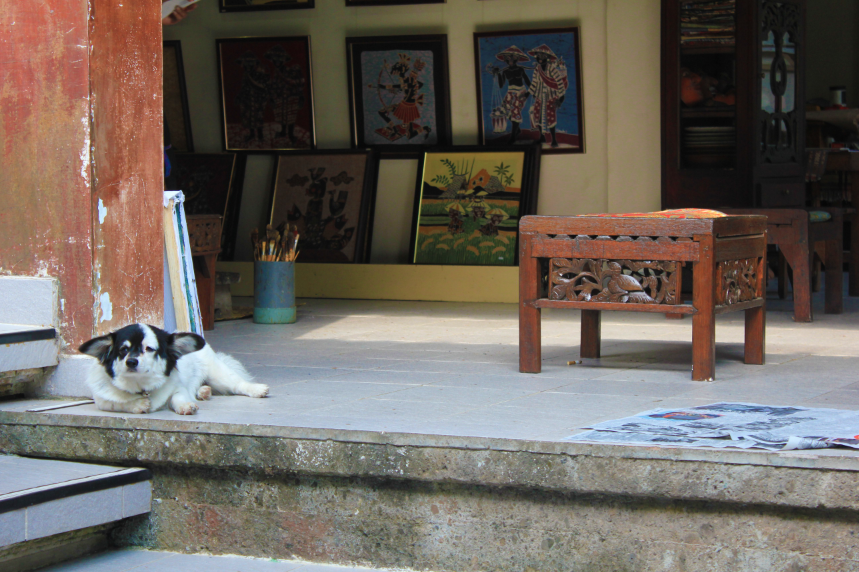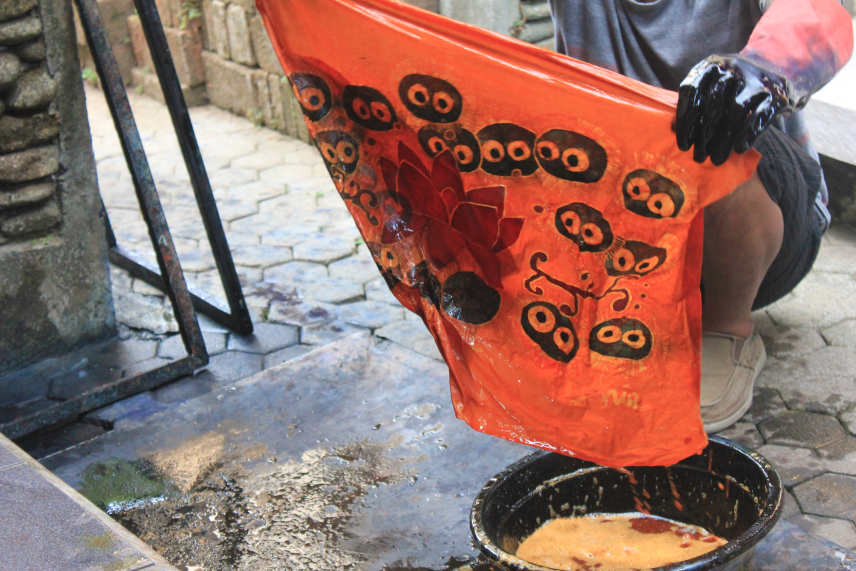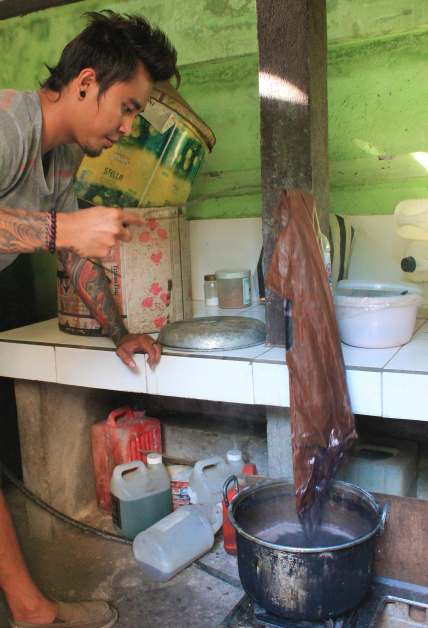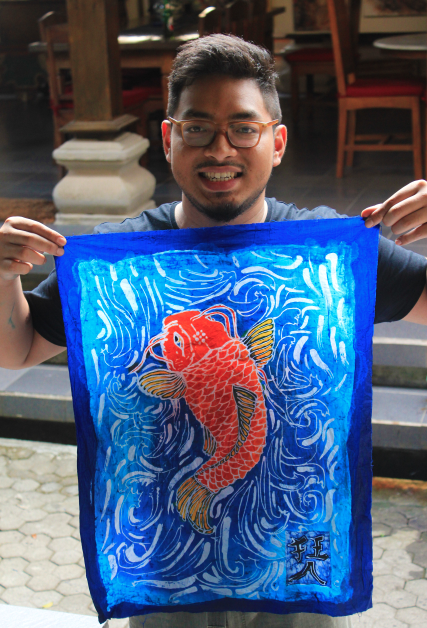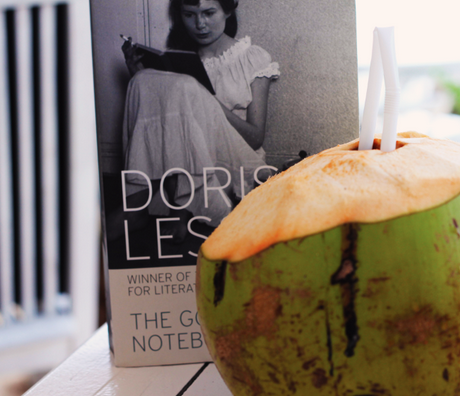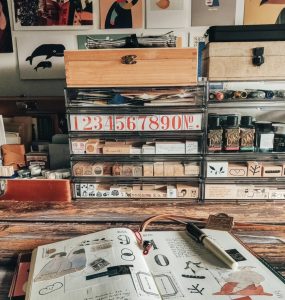Windy Ariestanty is the Editor-in-Chief of GagasMedia and Bukune, two of the most well-known publishing companies in Indonesia today. She is also a writer who loves to travel. Her travelogue Life Traveler was shortlisted at Anugerah Pembaca Indonesia or Indonesian Reader’s Award in 2012. You can read more interviews with Indonesian writers here.
The script that is being published and the script that isn’t being published. What are the 3 most basic things that differentiate the “fate” of those two, based on your experience?
Windy: Hahaha. This is a tricky question. But let me rewind an ‘old song’ that people have always known all these times–but they forget it many times.
No matter what, books have two faces. Business face and social face (when it comes to ‘art’, for the time being let’s put it under the social face).
Based on those two faces, as short as my experience taught me, I can summarise them into 3:
- Theme. A theme that answers market needs or gives information about what the market will need in the future. A publisher must have known about the readers of the script that will be published. Is the theme answer market needs or even a few steps further from the existing market? The ability to predict themes that can answer market needs or go one/two-step further from the existing market is the ability to create a “trend”.
- Content. When buying a book, a question people always ask would be: what is this book about? When it comes to writing, forever, content is the king.
- The writing. How the theme and content are being written. No matter what, good writing is the first catch to grab the attention of an editor. Editors easily fall in love with good writing.
What are the most common misconceptions held by aspiring writers who are about to publish their first books?
Windy: There are several things.
1. Editing stage.
A writer often assumes that the editor is someone who will scrutiny his script. Someone who will tear his masterpiece apart. In reality, your editor is your writing partner. She is the first reader who tries to see the hole in your script.
Not one single editor wants to damage her writer’s piece.
She is the first person that will clap her hands when you finish your writing, and she is also the first person who will go brokenhearted when your writing is not becoming any better.
Another misconception is that the editor is the person who will take care of all types and errors on your script. Come on, that’s not really the job of an editor. You can activate the spell-checker facility if you only need this function from an editor. An editor’s responsibility is way more than that.
On a very ideal level, an editor needs to have the ability to guess and create book trends. True, an editor will help taking care of all those stuff regarding structure, grammar, and typo. But my suggestion is this: before sending your script out, there is no harm in cleaning up all those typos.
Trust me, no matter how bad the script is, an editor can still read it when the typos are minimal. Do help the editors to enjoy reading your script by minimizing typos. Won’t you feel tortured reading a raw script with typos scattered all over from the first to the last page?
Sending a script without a title. Yes, the publisher will help you in finding a title for your to-be-published script. But sending out a script without a title shows that you don’t even know what your script is all about.
2. Publishing contract.
A publisher only has the ‘publishing right’, not ‘copyright’. The contract only binds the writing/script, not the writer. Thus, before signing a contract, pay close attention to this. Don’t regret it later. Go through your contract carefully before signing it.
3. Do I need to pay?
A lot of writers still think that they need to pay some amount of money to publish their books. I am going to say this straightforwardly: you don’t need to pay for anything. On the contrary, you will have royalty rights for your script.
4. Promotion is a publisher’s business.
Most of the time, a writer believes that as a writer, his task is limited to writing only. Unfortunately, life nowadays expects more than that.
A writer also needs to think about what he’s going to do after the book is published.
Of course, the publisher will think about that. They will think about book distributions and how to get attractive displays in bookstores, or about sending free copies to media or colleagues. They may even think about book launching or discussions. But the publisher is not taking care of one single writer.
It will also be impossible for them to keep on promoting the same book over and over again. Based on my limited knowledge, I came to the conclusion that the most effective promotion tool for a book is its writer.
Thus, I always ask writers to learn about how to ‘sell’ both themselves and their works. They also need to learn how to develop themselves into a brand (self-branding).
How does Windy-the-Editor influence Windy-the-Writer, and vice versa?
Windy: Hahaha. This is a bit hard to explain, but have you ever heard this sentence: you can write badly, but you need to edit your writing well?
I have this mindset. To edit well, of course, you need to know about good writing, right? So, when I write, I just write. I push the “off” button on my mind as an editor. When I finish my writing, I will read it again. This is the time when I turn on my editor’s brain. I try to see what is not working in my script and what’s working. Then I edit and revise it.
My knowledge as an editor helps me to see my script more clearly and objectively.
To me, an editor should be able to become a writer. She knows what a good writing is like. So it’s only natural that she can produce good writing.
An editor who doesn’t become a writer–well, to me they look like a dead chicken in a rice barn.
Although I have to admit it myself, for an editor to be a writer, she needs to defeat the fear inside of herself: hey, as a writer who edits and an editor who writes, you’re gambling your reputation. If your writing is good, people will say, that’s natural, she’s an editor. If your writing is bad, generally people will say, how come an editor produce such bad writing? What does it tell about her quality as an editor?
In reality, being a writer and being an editor is two different thing. We can’t even write while editing.
It’s difficult, isn’t it?
When it comes to how my profession as a writer influences me as an editor? It will be easier for me to inform a writer about what to do because I understand how these writers’ minds work.
It will also be easier for the writers to accept my inputs because they can see that I also do what I preach and I go through all the difficulties they are facing. The probability to get comments like, “It’s easy for you to just say it all. You don’t know how hard it is to write and revise!” is minimal, because I also write.
But I have to admit, I am lucky to have a profession as a writer and an editor. Both support each other. Both teach me to have above-average listening skills. Writer-editor who doesn’t learn to listen will face difficulties in becoming better.
What is the relationship between inspiration and discipline when you write?
Windy: I am a slow writer. I will let you know that before I am being delirious.
To work with a material, I need to read it many times, let it seep in, and only then: writing it down. Inspirations, indeed, can come in a short burst. When it happens, I will catch it in a hurry.
I believe that inspirations are everywhere. But they are also looking for those who can become their “masters”. Someone who will execute them into something–who will make them manifest. At times like these, I will write or note it down hurriedly. I don’t care how bad my writing is when I’m doing this. Afterward, I’ll leave it to seep in, and then I’ll polish it into better writing.
Isn’t writing a matter of rewriting over and over again?
When it comes to discipline, that’s another thing. I know that I oftentimes get lazy. Not being discipline to myself. The temptation to create an excuse so I don’t have to write is plenty. I’m tired. I don’t have time. I am not in the mood. I don’t feel like this idea is good enough. As a result, everything stops in the “wanting” level, instead of in the “doing” level. To be honest, this state sweeps me often as well.
But writing is not for the lazy ones. Writing needs strong will and extraordinary discipline. So I try to craft times to write in the midst of my busy days ‘playing around’. Hahaha. Hey, it’s fun. To win over time or even defeat it–is always pleasing to me.
Are you the type who believes in writer’s block?
Windy: Let me tell you one more thing based on my not-so-many experience.
Writer’s block, to me, is just an excuse to cover up the fact that we’re lazy to write.
I am not the type who believes in writer’s block. Saying that I am not writing because I do not have any idea–to me that’s bullshit.
If you’re lazy, than you’re just lazy. That’s fine. That’s human.
Writing is about discipline in practice. Of course, a vacation for a writer is not writing. Similar to the concept of taking vacations, it feels so good not to write. So, if you want to take vacations from writing, go ahead, and do whatever you want to trigger your creativity and create the desire to write again soon. Play around.
However, I also control my ‘vacation period’ so I don’t keep myself from not writing for too long. Even if I don’t feel like going back to the script I am working on, I will write other things to ‘warm-up’ my machine.
Another simple thing I do to keep my machine warm–even when I am swept by laziness, is by reading and watching movies. Or… this is my favourite part: creating quality time with selected people. I can pick these people randomly–those I haven’t met in a long time, those I have just met, close friends, boyfriend, etc. I like conversations and meetings. From here, new ideas often spring to life.
A writer will not be able to suppress her desire to write something that inspires her. Thus, go out and see anyone. They could be the ones who fish the inspirations out of you and drag you out from the laziness to write.
Looking back, what makes you start writing in the first place?
Windy: Simple. I write down a lot of things because I want to prolong my memories.


